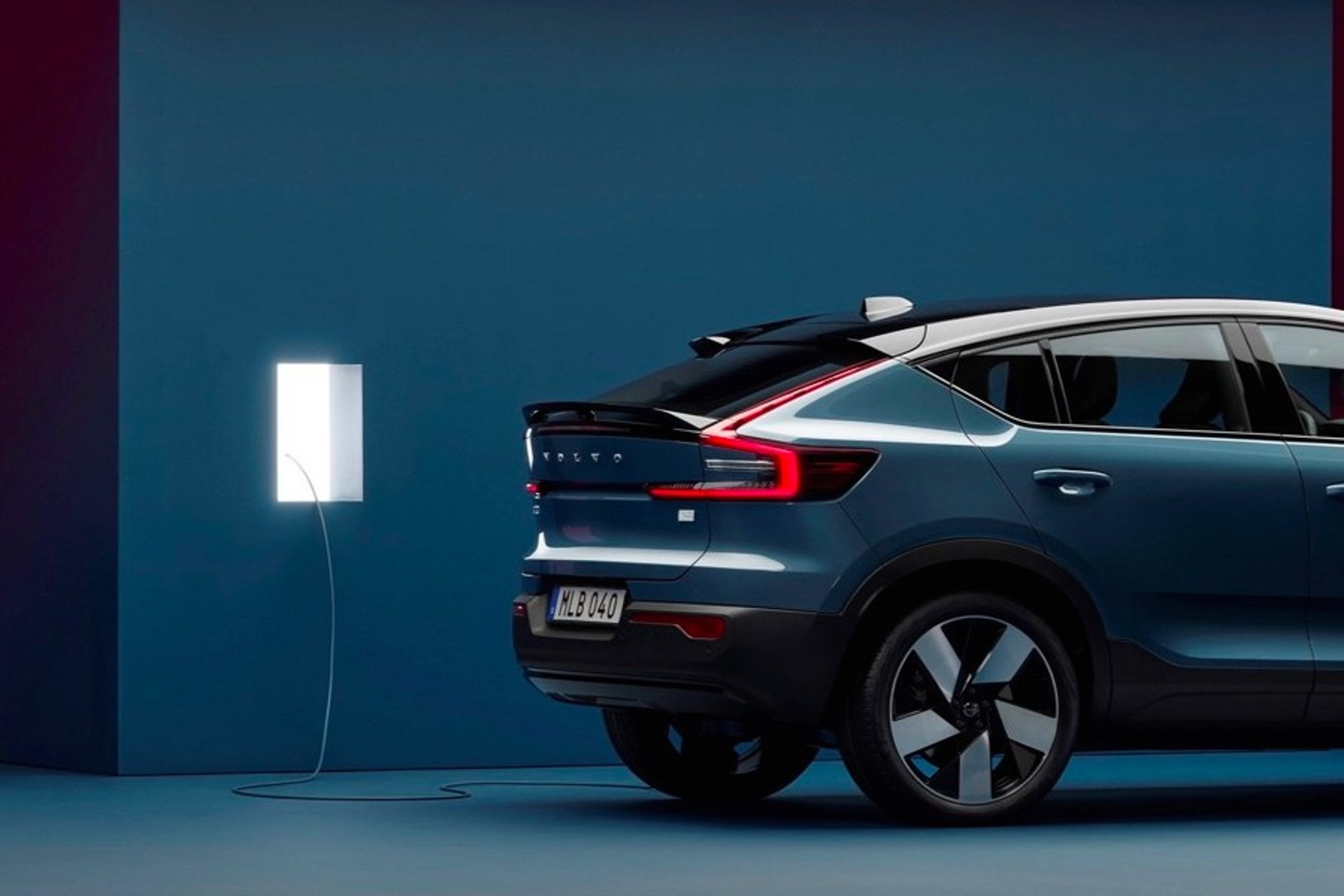Home and away: How, where and when to charge your C40 Recharge
As Volvo Cars’ electric vehicle sales start to ramp-up, here’s what you need to know about charging your EV at home or on the move.

Sales of electric vehicles (EVs) are starting to take off in Australia. VFACTS data shows EV sales increased a whopping 769 per cent January to November this year versus the same period last year.
Efforts are ramping up to build out charging infrastructure to enable the rapid growth of EVs to continue to accelerate and ultimately replace diesel and petrol-engine cars.
Last month, work commenced on the world’s longest EV highway in Western Australia, with 98 fast chargers at 49 locations across 6,600km – from Kununurra in the north, to Esperance in the south, and east to Eucla. When complete in 2024, it means drivers will never be more than 200km from a charger even in some pretty remote territory. (Volvo’s pure electric models are capable of up to double that distance on a single charge.)
There are also some handy maps that show the locations of public EV chargers around Australia, such as NSW Government’s charging map, which flags both standard public charging stations as well as high powered, faster chargers across the country.
Volvo Cars also come with Google Maps as standard so drivers can plan routes, locate charging stations and take the stress out of the journey.
Globally Volvo car sales were up 12 per cent for November
**Charging types: Home**
**Household connector**: Many drivers mostly charge their EV at home. Volvo Cars pure electric C40 Recharge and XC40 Recharge can actually be charged from a standard plug point and come with a standard charging cable. But, with a typical charging rate of 7-14km per hour, it takes between a day and a half and three days (40-72 hours) to fully charge a pure electric vehicle via standard cable and plug point. A 12-hour overnight charge, for example, will provide approximately 84-168km of range.
**Wallbox**: For drivers that need faster and more convenient home charging, installing a wallbox is recommended. An 11kW 3 phase wallbox means the charger can essentially deliver more power into the car battery at a faster rate, typically 50-60km worth of power per hour. That means a full charge in around 8 hours, giving drivers up to 400kms-plus of range depending on driving style, traffic, environmental conditions etc. There is also a 7kW 3 phase wallbox which enables between 30-45km of range per hour. That means empty-to-full charging in around half a day, or overnight.
Either way, it’s worth noting that Volvo Cars recommends drivers don’t let their battery run below 20 per cent. Lithium-ion batteries tend to last longer when they are not repeatedly charged to full and then run to empty.
**Charging types: Away**
Public charging infrastructure tends to be either AC wallbox-type chargers, useful for a top-up if shopping or parking for an hour or two, or to fully recharge during overnight stays at hotels, resorts etc. Some come with charging cables, but many do not. So Volvo recommends buying a separate heavy duty ‘type 2’ cable and keeping it in the boot for use at public charging stations.
DC fast or superfast chargers range in power from 25kW to 350kW, though many currently in operation are 50kW. A 150kW charger typically delivers around 100km of range in 10 minutes, a 50kW charger will deliver 100km in half an hour.
Volvo Car Australia covers electric vehicle charging choices and cabling here.